I’m not sure there is a Greek name more mellifluous than Yiorgos Tzortzis; it flows off the tongue. He’s more than a name, of course. Since the 1980s, he’s performed steadily, on stage, on TV, on record. He’s composed. He’s kept alive many fine Greek folk songs. And he has made a significant contribution to the continuation of rebetiko.
Several years ago, we spent a delightful evening with a handful of other people on the patio of the Dalabelos agrotourism estate on Crete listening to Yiorgos Tzortzis. (Every Tuesday evening, Vasilis, the founder of Dalabelos and a fine musician in his own right, hosts a musical evening for guests of the estate and of those who make their way there for an evening meal, cooked largely with products from the estate.)
It was an unlikely place for an evening of rebetiko. Tzortzis, a neat, slender man with a strong, high voice, displayed an impressive knowledge and range of folk and rebetiko songs. It’s not surprising: he has made keeping alive what he considers essential works of rebetiko and folk music, and performing that music for audiences large and small, a priority.
Tzortzis was born in Epirus (northwestern Greece) in 1953, studied music in Athens at the Hellenic Conservatory, and then relocated to first Germany and then France, before returning to Athens in 1983, when he began performing at live music venues. Since then, he has recorded at least half-a-dozen albums, repeatedly appeared on Greek music tv shows and worked with major artists.
“I was very selective about the songs, even in rebetiko. I based my music on the lyrics, on the style. I didn’t want to do jukebox,” Tzortzis told the newspaper Ta Nea in an interview earlier this year. “I didn’t go in to serve something as a trade. I wanted to be a co-creator and researcher of life. I didn’t get comfortable.” (Sorry, if this sounds a little clunky; it’s a Google translation.)
But What Am I Doing, I Love You? was recorded on his album Kolonaki – Tzitzifies. It was written by Kostas Skarvelis and originally recorded by Giorgos Kavouras in 1940.
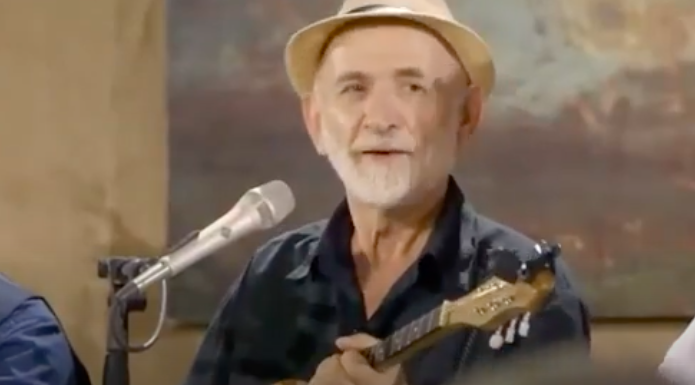
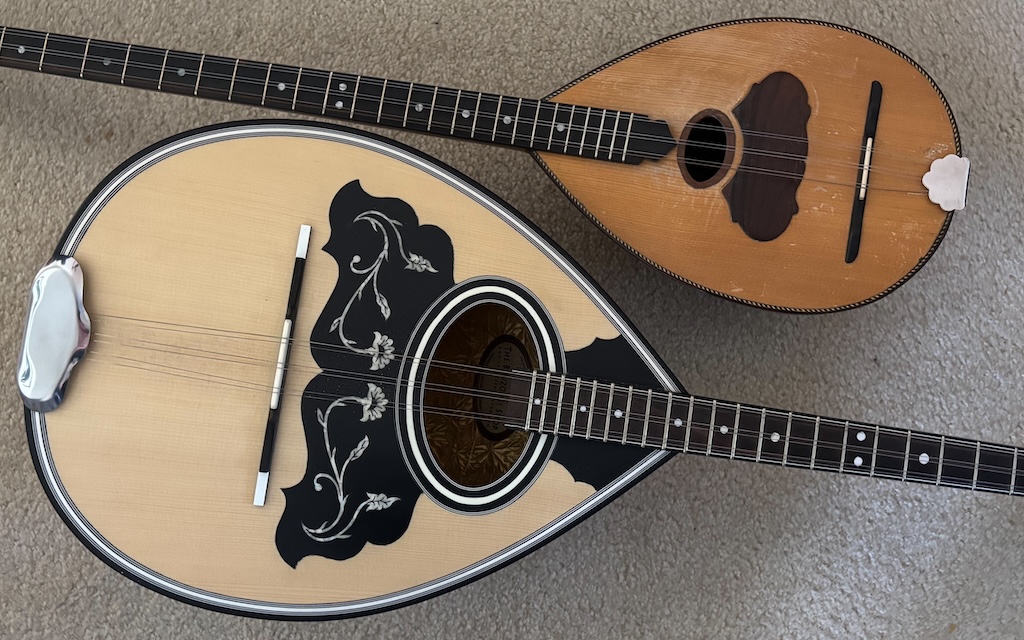
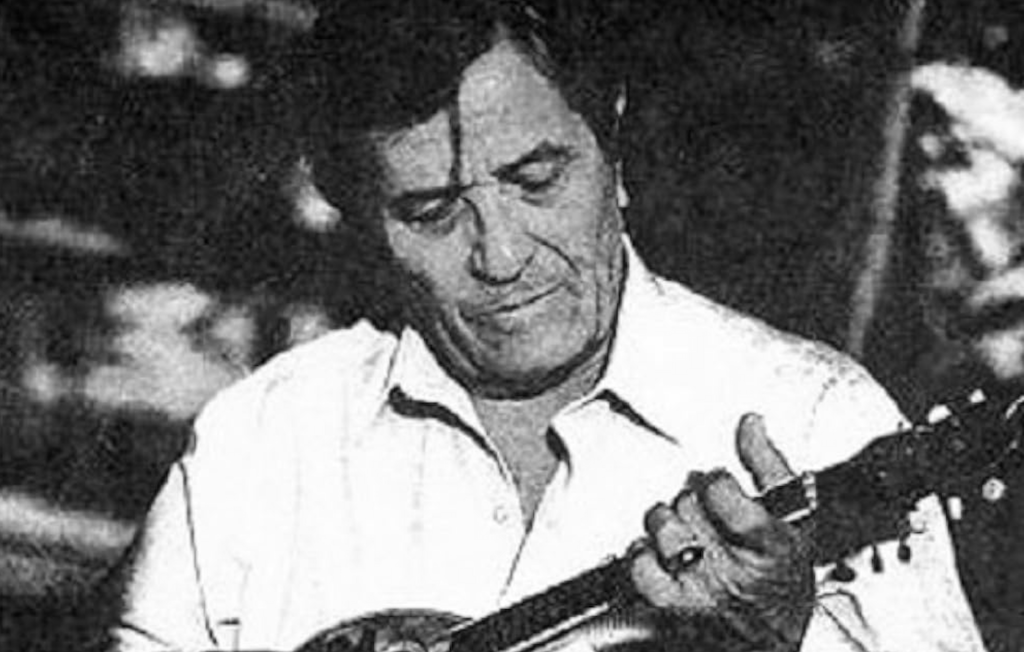

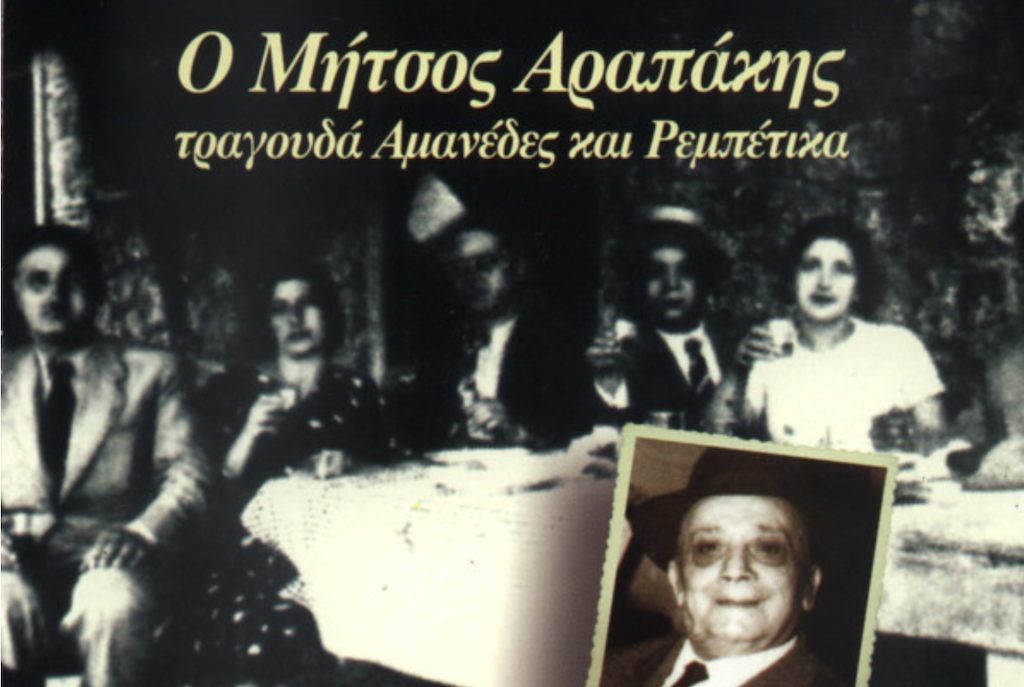
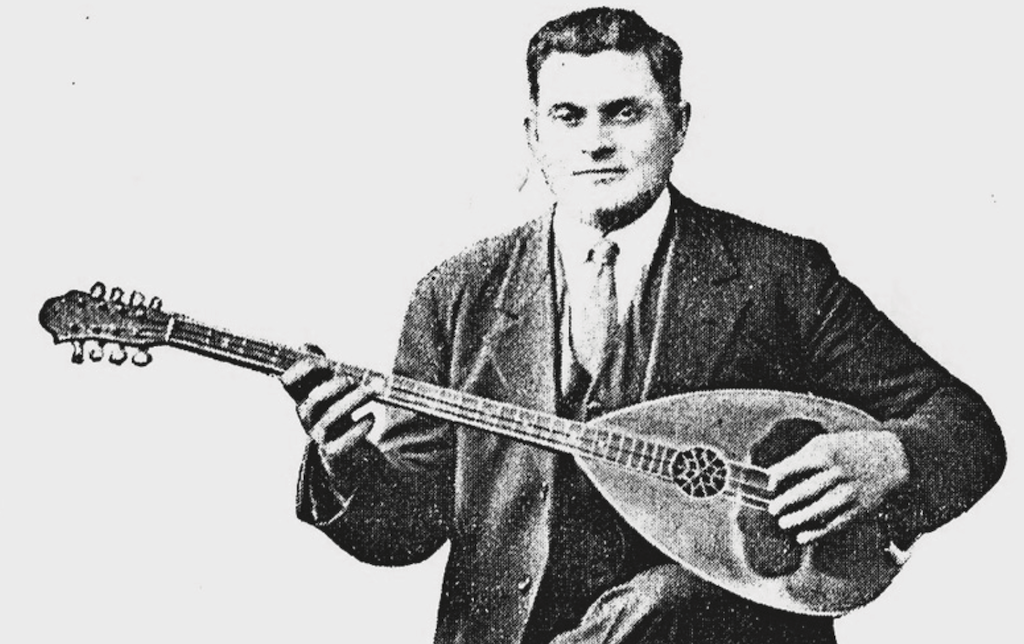

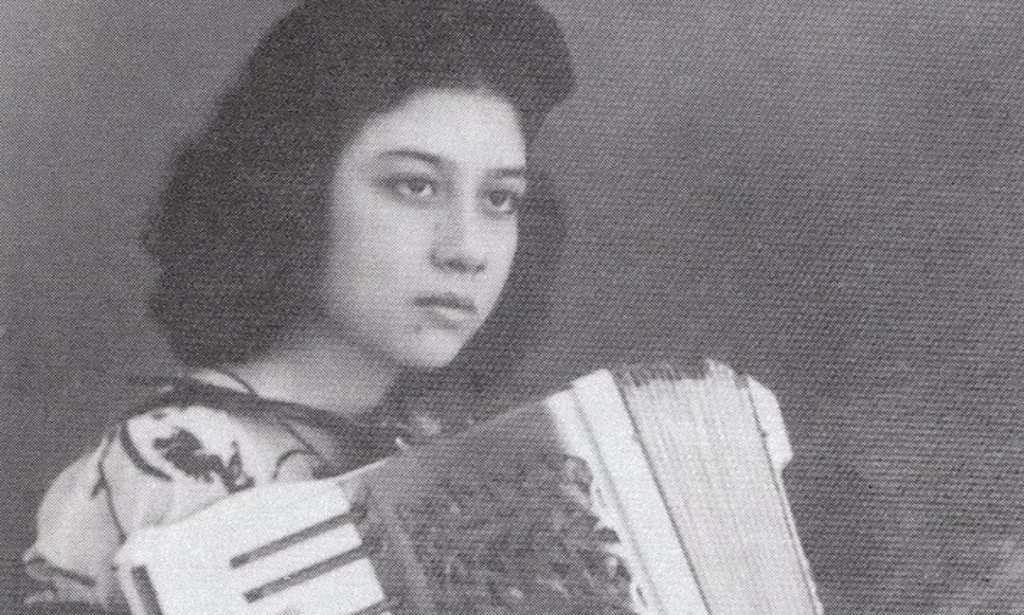
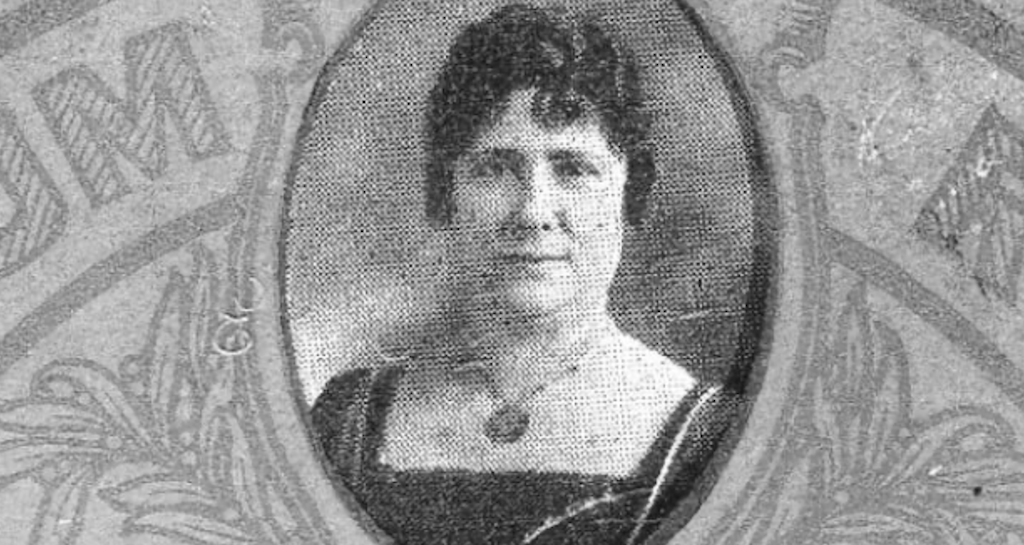
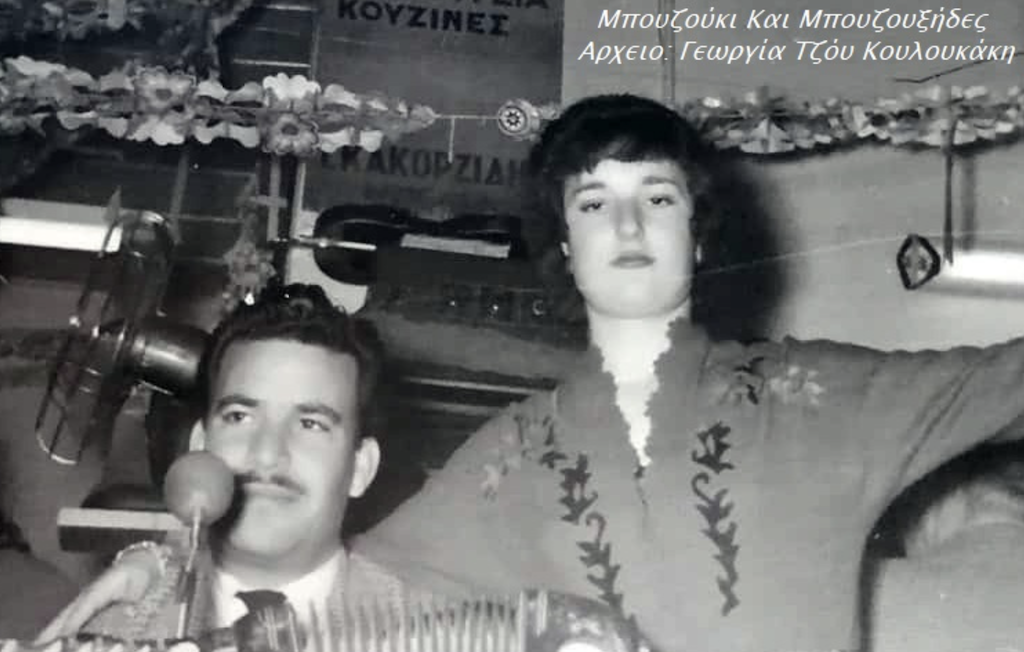

Leave a Reply